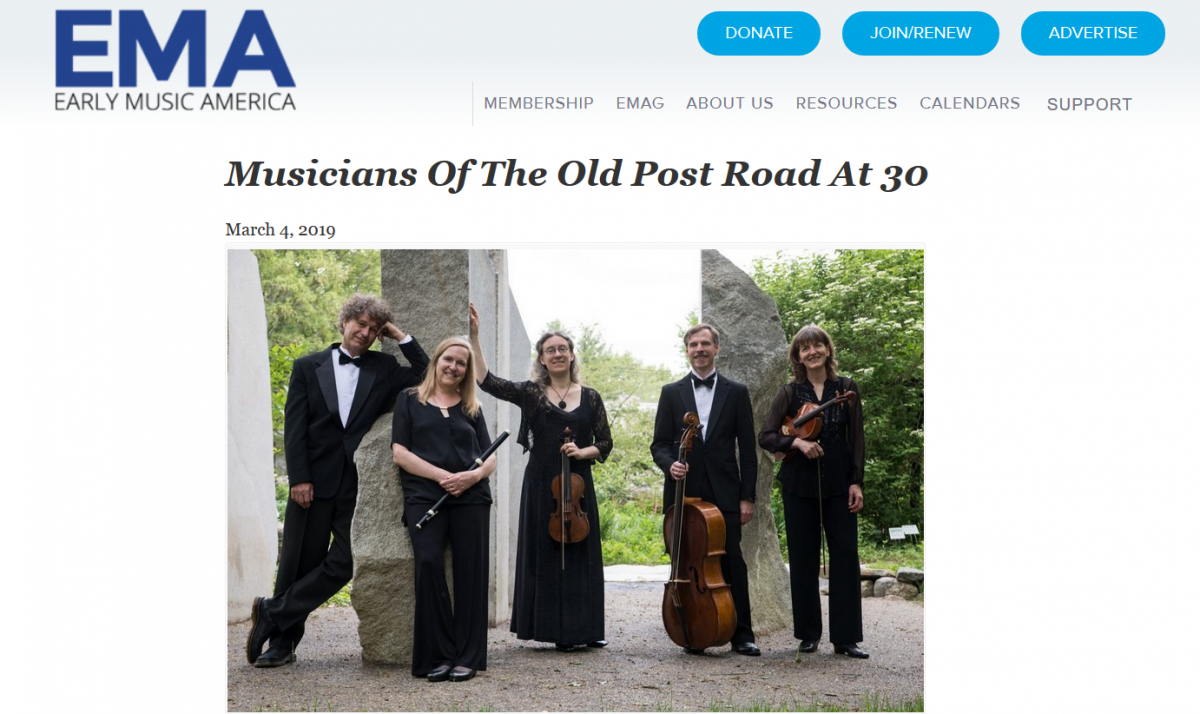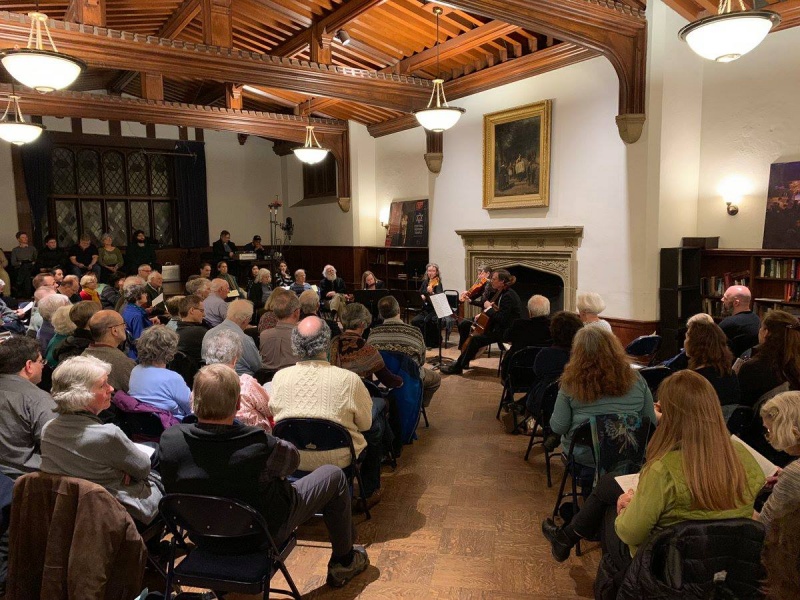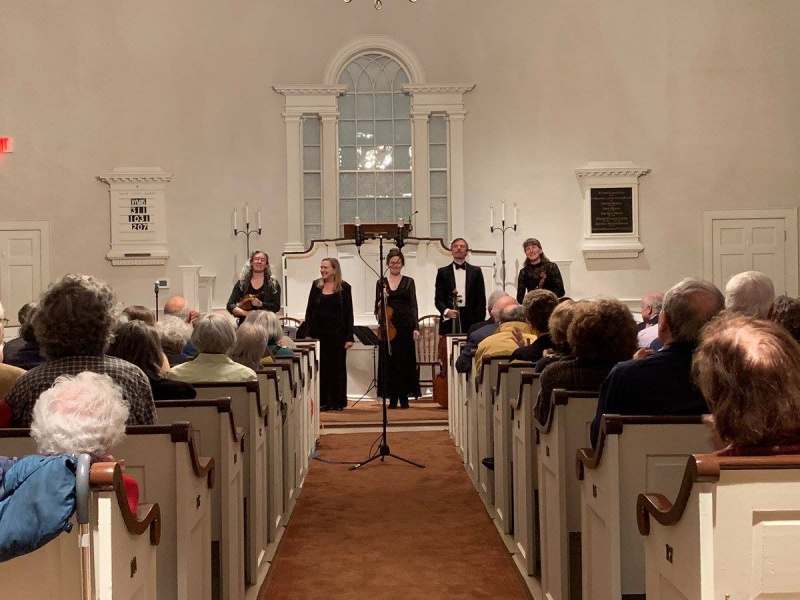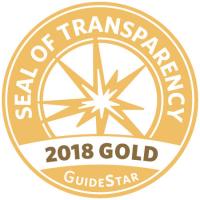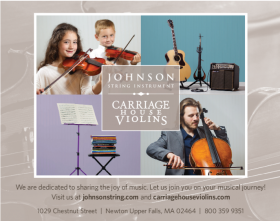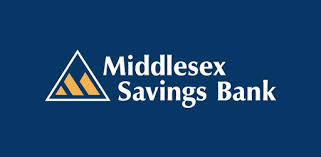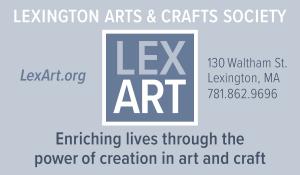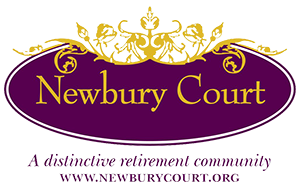The opening program of our 31st season “Harmony at Home” celebrated two talented women composers who have been unjustly neglected: Fanny Mendelssohn (the older sister of Felix), and Sophia Corri Dussek (wife of Jan Ladislav Dussek). We performed two little-known instrumental duos from among their oeuvre together with piano trios by Felix Mendelssohn and Jan Ladislav Dussek offering a window on domestic music-making in the early 19th century.
Fanny was an excellent pianist and composer who showed prodigious musical ability from an early age. She was very supportive of her brother Felix’s composing (he was four years younger), offering him constructive criticism and guidance. Prevailing attitudes about women of the day, however, discouraged her from pursuing a professional career in music. Her father wrote to her in 1820, “Music will perhaps become his [Felix’s] profession, but for you it can and must be only an ornament.”
The siblings shared a deep passion for music, and Felix sought to support Fanny by arranging to have some of her works published under his name. An embarrassing moment came about when Felix visited Queen Victoria, who announced she would be singing her favorite of his songs, “Italien.” Felix was forced to admit that the work was actually by his sister Fanny!
Fanny’s husband, the painter Wilhelm Hensel, was supportive of her composing. Her works were performed alongside her brother’s at the family’s house concerts in Berlin (Sonntageskonzerte). Her only known public performance took place in 1838 when Fanny played Felix’s Piano Concerto No. 1. As it was, she was not identified as the performer on the program - rather it listed the work was performed by a relative.
By contrast, Sophia Corri’s family encouraged her musical career. From a very young age, she studied voice with her father, Domenico Corri, an Italian composer, impresario, and music publisher who immigrated to London from Italy (via several years in Edinburgh). In addition to becoming an acclaimed soprano, she also became an accomplished harpist, pianist, and composer.
Sophia made her London debut in 1791 on the notable Salomon concerts with Haydn directing from the harpsichord. She became a frequent featured soprano on that series. She also was soprano soloist for the first performance of Mozart’s Requiem given in London.
In 1792, at the tender age of 16, she met her husband-to-be, the renowned traveling piano virtuoso Jan Ladislav Dussek who had recently arrived in London. The two of course met through their common musical circles—in addition to singing, she had already been performing on both piano and harp. After only a year, the two married, and shortly thereafter, Dussek entered into a publishing partnership with Sophia’s father.
Their marital partnership became rocky after only a few years. Sophia made a failed attempt to leave London with another man, and when the Corri-Dussek business faltered (and debtors were knocking at the door), Dussek fled to Hamburg to avoid prison. By that point, the couple had just given birth to their only daughter, Olivia.
After Dussek died in 1812, Sophia was able to remarry. She settled in Paddington with her husband the viola player John Alvis Moralt and established a music school. She continued to perform and compose, most especially for the harp and piano. To this day, her compositions for harp remain a vital part of harp repertoire.
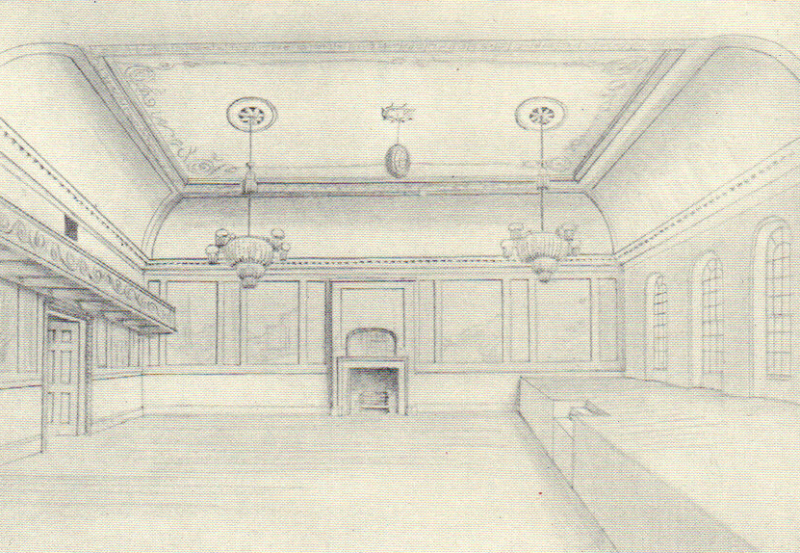
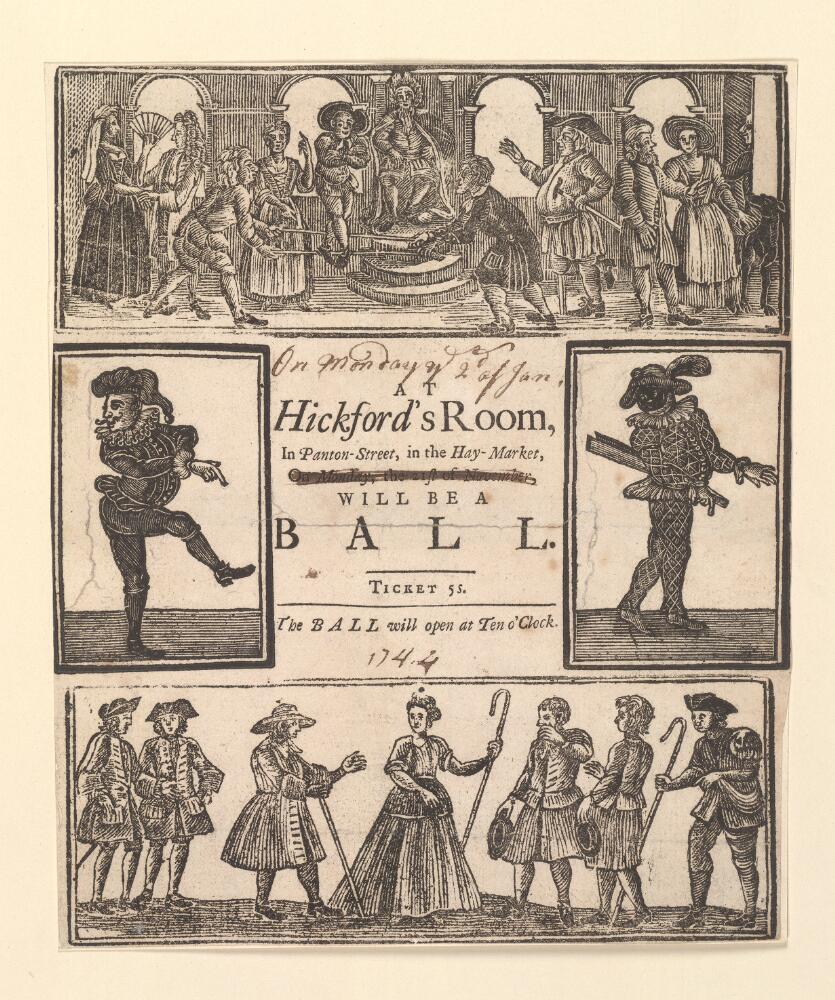
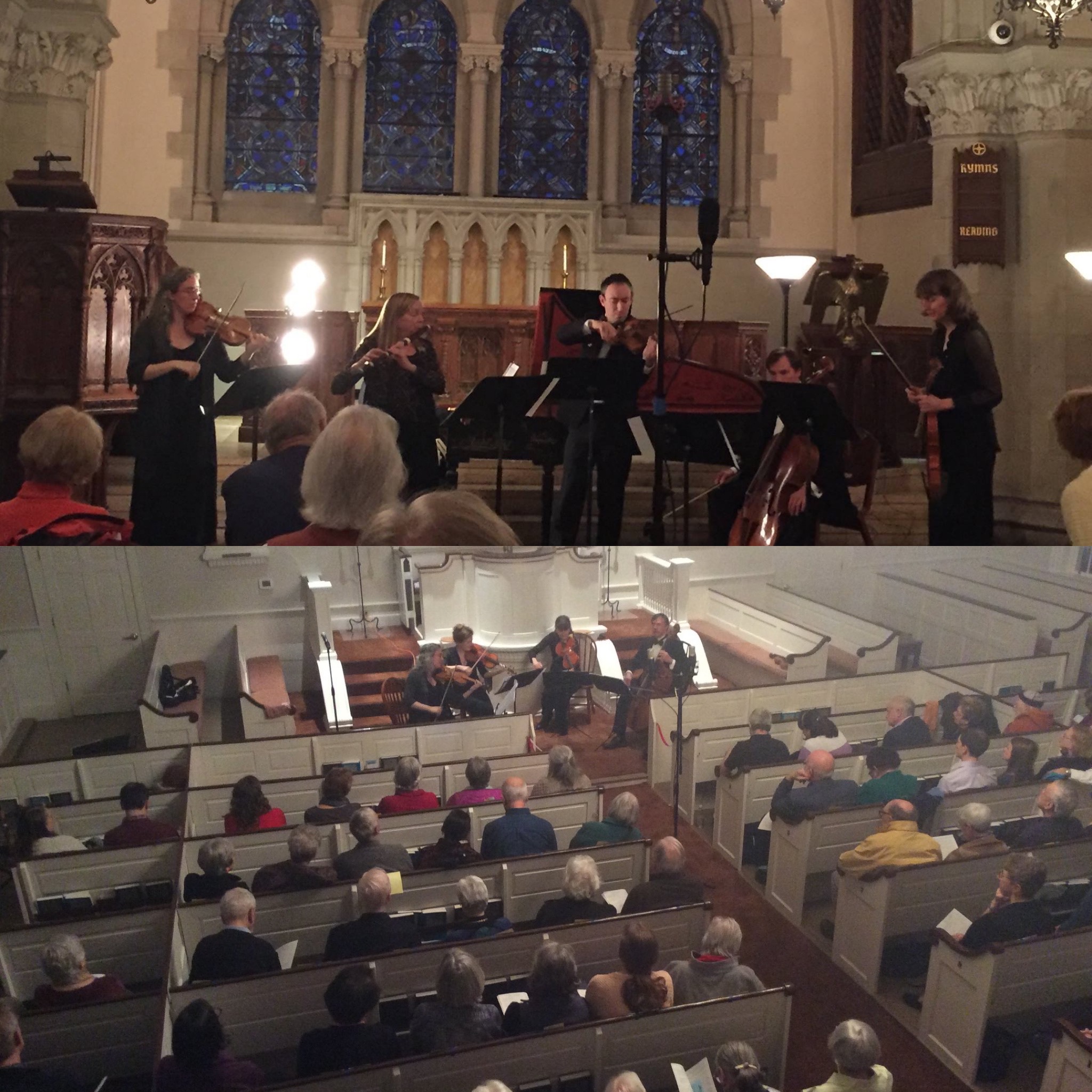

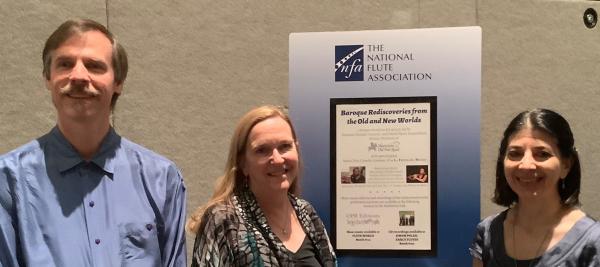
 Musicians of the Old Post Road shoot for the ‘Stars’
Musicians of the Old Post Road shoot for the ‘Stars’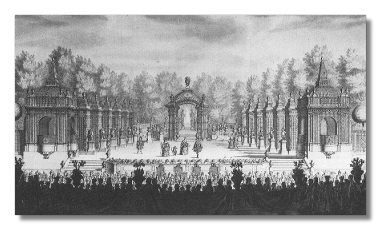
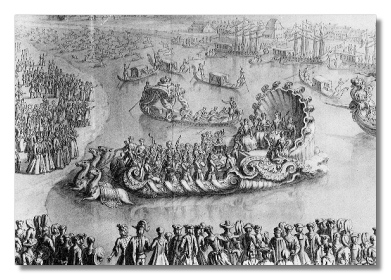
 The musician/astronomer Caroline Lucretia Herschel was a younger sister to William Herschel, one of the featured scientist-composers for our “Stars in Their Eyes” program. Like her older brother, she was also an accomplished musician, playing harpsichord and performing as a vocal soloist for the oratorio concerts her brother organized in Bath.
The musician/astronomer Caroline Lucretia Herschel was a younger sister to William Herschel, one of the featured scientist-composers for our “Stars in Their Eyes” program. Like her older brother, she was also an accomplished musician, playing harpsichord and performing as a vocal soloist for the oratorio concerts her brother organized in Bath.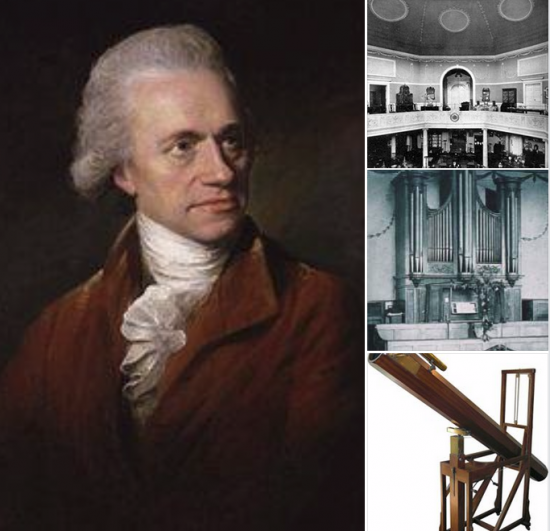 On our
On our 